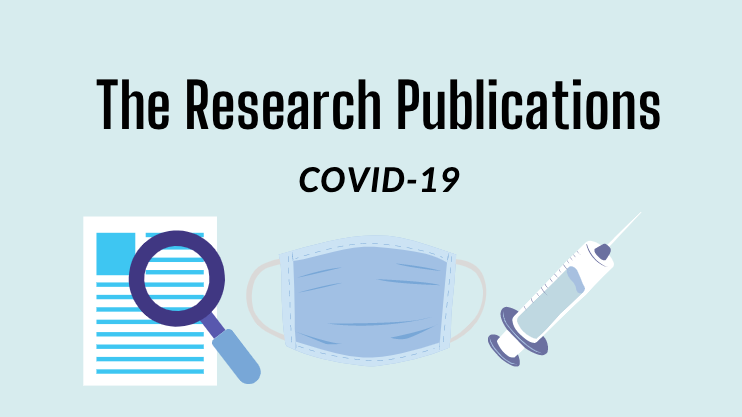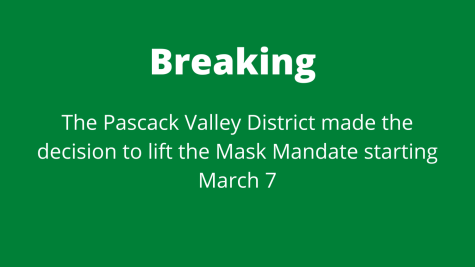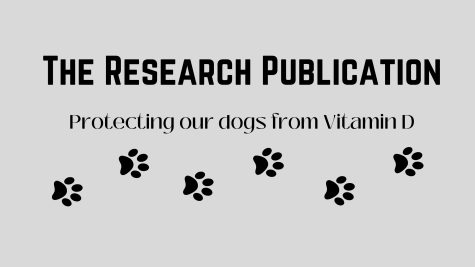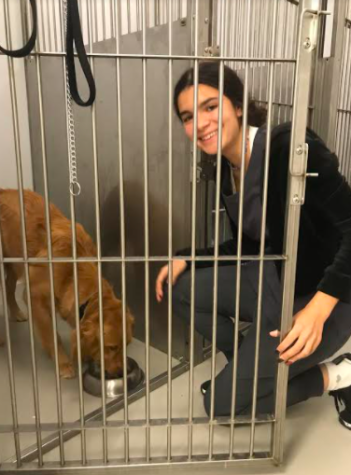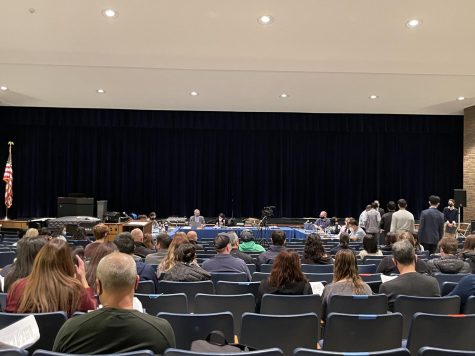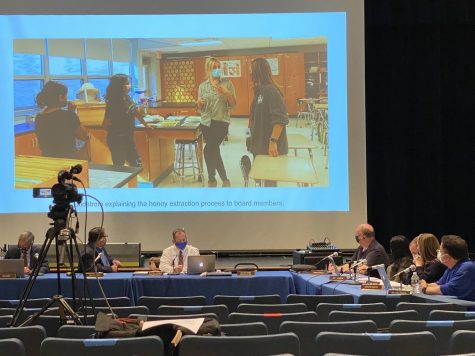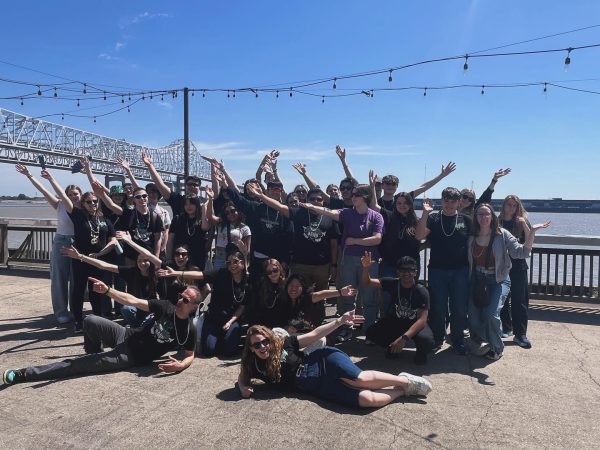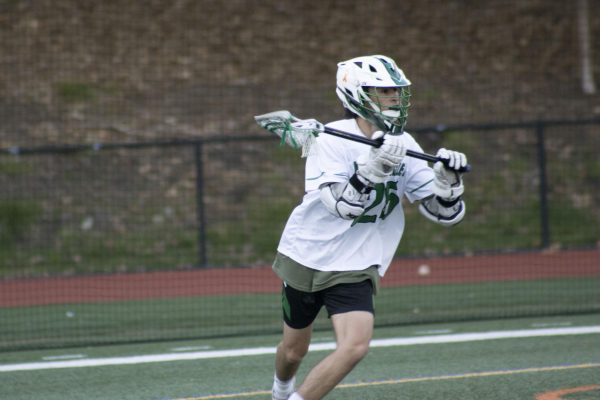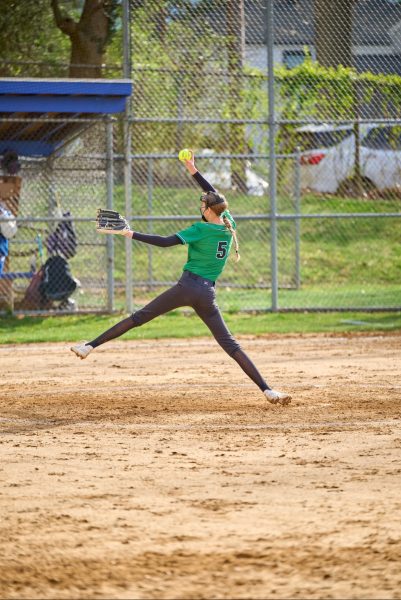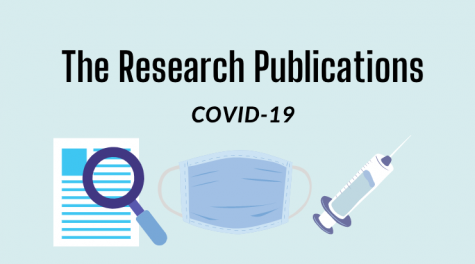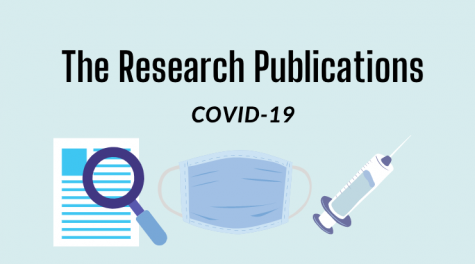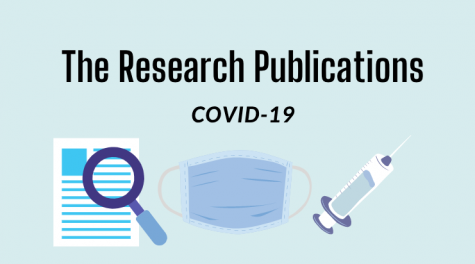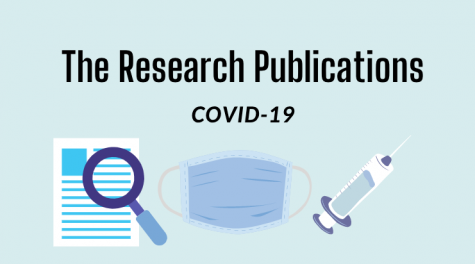Factors contributing in the increase of COVID-19 cases in the U.S. during winter
The PV Student Publication has partnered with The Research Club to publish a series of research essays entitled “The Research Publications.” This essay explains certain factors contributing in the increase of confirmed COVID-19 cases in the United States during winter.
(Editor’s Note: The PV Student Publication has partnered with The Research Club to publish a series of research essays related to topics of COVID-19. All research essays are written and fact-checked by members of the Research Club, and The PV Student Publication is rolling out these essays as a service to our community. This essay explains certain factors contributing in the increase of confirmed COVID-19 cases in the United States during winter. This paper is written by junior Ben Carter and sophomore Anna Schicker, and fact-checked and edited by senior Elise Schicker.)
During the winter, there was a drastic increase in the number of confirmed cases of COVID-19 throughout the United States.[3] COVID-19, also known as SARS-CoV-2, is an extremely transmissible and deadly type of coronavirus first recorded in Wuhan, China in December of 2019.[6][7] The virus impacts the function of an infected person’s lungs and heart, which can ultimately lead to an oxygen deficiency in the brain as well as other respiratory and cardiac issues.[12][13] The increase in cases is thought to be caused by several factors; primarily, the behavior of individuals. Some were exhausted with pandemic-related guidelines, others only followed guidelines they deemed important, and some did not believe the severity, or in some cases the existence, of the COVID-19 pandemic. Rampant misinformation surrounding COVID-19 and its methods of infection and the winter weather creating a near perfect environment for the virus to spread played major roles in the spike in cases of COVID-19 in the United States.
The behavior of individuals is perhaps the most important factor in limiting the spread of COVID-19. The exhaustion with pandemic-era guidelines, commonly known as Pandemic Fatigue, is one of the primary reasons for the increase in the number of confirmed cases of COVID-19 during the winter months. Many individuals that were once cautious in preventing the spread of COVID-19 became frustrated with persisting guidelines and many refused to obey mandates concerning mask-wearing and social distancing placed by either government officials or by private property and store owners.[15] Though many individuals were educated on how to protect themselves and others from the spread of COVID-19[15], many people simply chose not to practice mask-wearing and social distancing. They effectively ignored the precautions that were necessary to begin a decline in positive COVID-19 cases. Others, especially healthy younger people[23], simply refused to follow COVID-19 precautions. Some believed that because they did not see elderly relatives or people impaired by pre-existing conditions, which could worsen symptoms of COVID-19[22], they did not need to take as many precautions in preventing the virus’s spread. Further complicating this issue, the Centers for Disease Control and Prevention estimates that over half of COVID-19 transmissions occur from people who appear asymptomatic or did not know of their exposure to a person infected with COVID-19[5]; therefore, people that have COVID-19 but appear asymptomatic may have continued socializing and not following suggested guidelines. Though this thought process has become increasingly common, people of all age groups living in the United States must follow recommended precautions to limit the spread of COVID-19[21].
This lack of responsibility, primarily seen in young people in the United States, is worsened by rampant misinformation surrounding COVID-19, its methods of spreading, and its treatments. Though misinformation is certainly not unique to the COVID-19 pandemic[9], it, in this case, plays a critical role in the spread of COVID-19. The blame for the spread of misinformation surrounding the novel coronavirus is not simply on one individual or group, but the common methods of forming political and social opinions present throughout the United States. As many individuals consume information from unreliable sources such as social media and unqualified sources[20], or in some cases, larger national media corporations that take an unscientific stance on the severity of the COVID-19 pandemic[19], a growing danger to public health is present. Beginning in December of 2019, when cases of the novel coronavirus first began to appear in Wuhan, China[18], misinformation and conspiracy theories began to spread. Many believed rumors that the COVID-19 virus was grown in a laboratory and released to prevent overpopulation in China[17], or that it could be spread through 5G cellular towers[16], or even that the pandemic was created by American politicians to gain an upper hand over their opponents.[14] Though many of these theories have been disproven[10], many theorists continue to believe them. Whether it is because of political leaders’ approval of these conspiracy theories[11], or because of distrust of government run organizations such as the Centers for Disease Control and Prevention (CDC), more people than ever do not believe in the severity of the virus or the functionality of preventative measures that scientists have proved useful in preventing the spread of COVID-19, such as mask-wearing and social distancing.[10] According to a study published by the National Bureau of Economic Research, greater numbers of positive COVID-19 cases and deaths have been reported in areas of the United States where television programs downplay the severity of the virus[9]. Many media corporations continuously published information against mask-wearing and COVID-era restrictions such as the shut down of indoor dining in New York City in December of 2020, and its viewers often accepted the information, regardless of its truthfulness or the (lack of) evidence presented.[9]
Another important factor in the increase in positive COVID-19 cases across the United States was the time of year. A preprint study published by Dylan Morris, a postdoctoral researcher at UCLA, suggests that colder temperatures played an important role in the spread of COVID-19 in the winter months.[2] According to Morris, for the virus to transmit from one person to another, it must remain viable in the period between its release from one person and its reception by another.[2] The sample of the virus considered in this case is respiratory droplets (aerosols) released when a person talks, coughs, or sneezes which, in a COVID-positive person, contain a concentrated sample of COVID-19 capable of infecting its recipients.[8] In colder weather, the air has less moisture particles[4], allowing for more droplets containing a condensed form of COVID-19 to stay in the air longer. These droplets are viable and, therefore, able to infect unsuspecting people for a longer period.[5] In addition to longer periods of viability for coronavirus samples, winter temperatures also created the need for people to spend less time outdoors where ventilation is optimal and physical distancing can more easily be practiced. Morris states in his preprint study that “individuals spend increased time indoors in heated buildings [during cold weather]. Ventilation is often poor, as windows are kept closed to make heating efficient. Air in heated buildings is typically very dry; this improves virus stability and weakens immune defenses.”[2] Though use of a filtered face mask can often alleviate some of the risk presented by lingering viable droplets, masks cannot always be worn.[1] This applied especially to businesses such as bars and restaurants, where outdoor dining may not have been an option in the winter, and where masks could not be worn indoors. More people being indoors, many without masks or other protective equipment, with little ventilation is undoubtedly one of the greater factors of increasing positive cases of COVID-19 throughout the United States.
Though it would be impossible to determine every factor that contributed to the rise in positive cases of COVID-19 throughout the United States, it can be proven that the behaviour of individuals, rampant misinformation surrounding the virus, and the time of the year were major factors that contributed to this deadly trend in rising positive cases of COVID-19 in the United States during the winter months.

